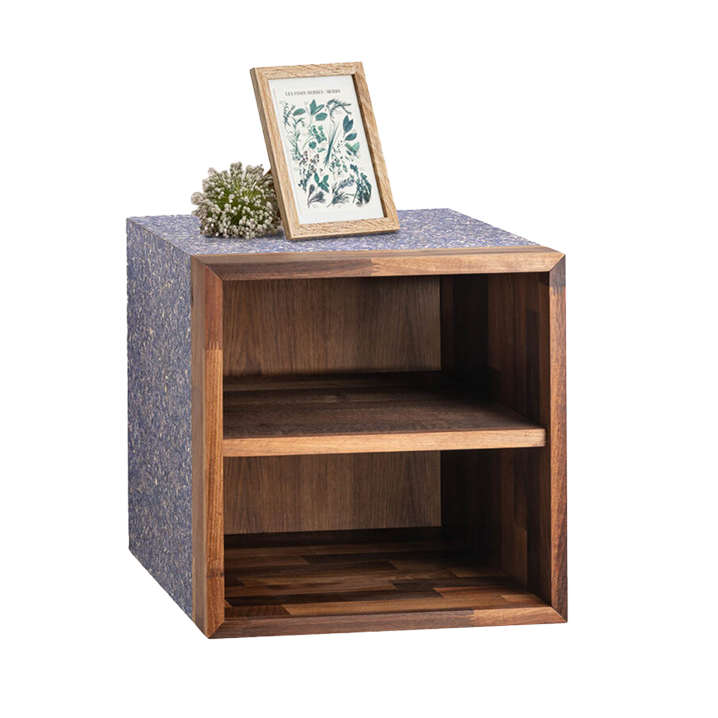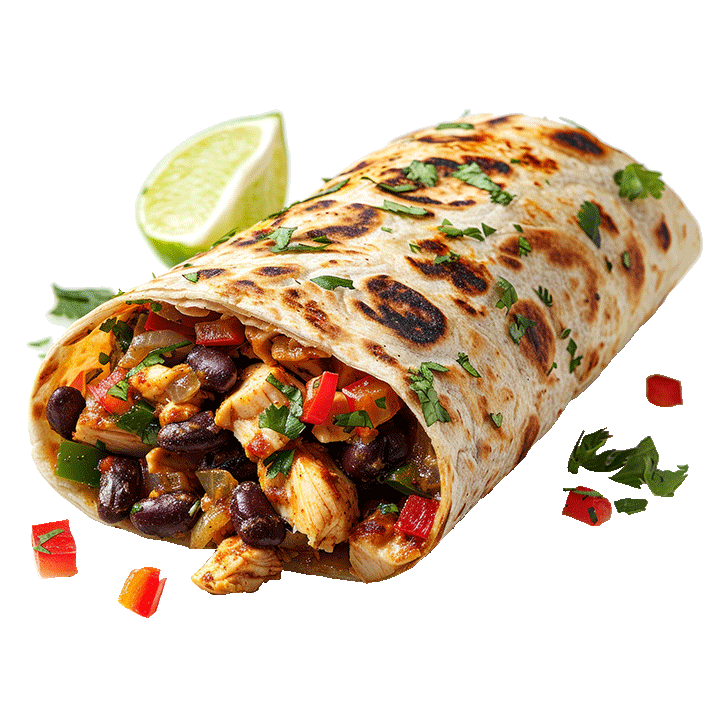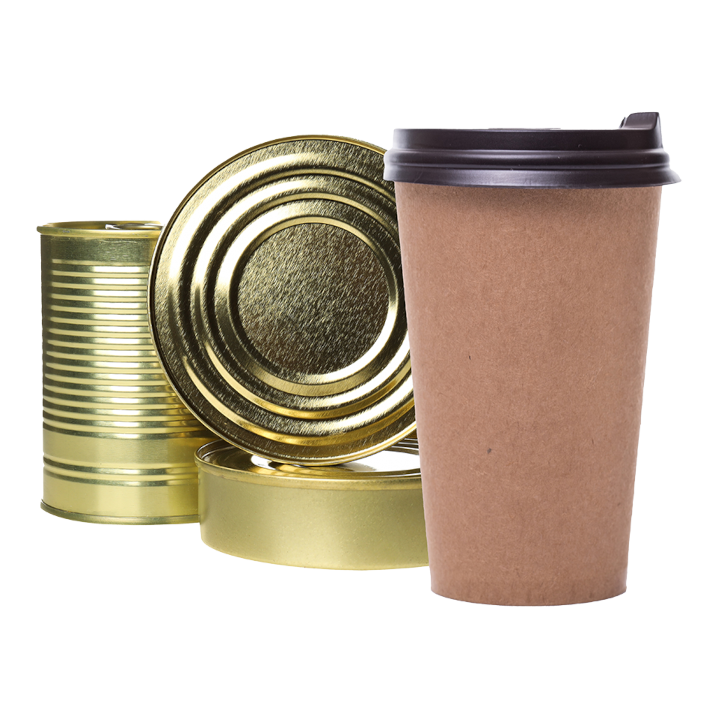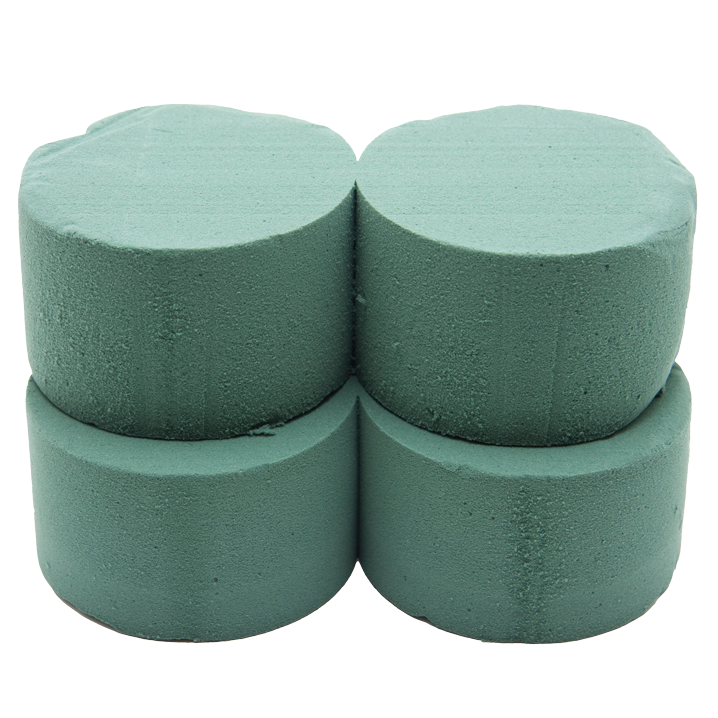

Worldwide strategies
The bioeconomy is gaining ground all over the world. A large number of countries have now adopted bioeconomy strategies - with various focus areas. You can find them in the following overview.
In the spotlight
About the bioeconomy
Bioeconomy - this refers to a modern and sustainable form of economic activity based on the efficient use of biological resources such as plants, animals and microorganisms. All industries that produce, process or use biological resources in any form contribute to the biobased economy.
Polyamides and fragrances from thistle oil
The Linopol project has developed a process to produce polymer intermediates from biological sources.
Bioeconomy inside

Furniture coating
Wooden furniture is typically coated in lacquer, varnish or plastic. Natural alternatives, such as oil or wax, are more environmentally friendly, but there are other options too.
How many pieces of furniture does the average household in Germany own?
Correct! According to studies, there are over 200 individual pieces of furniture.
That's wrong.

Meat substitute
More and more people are looking not only for a healthy diet, but also a plant-based one. Yet there is no need to give up eating meat - an alternative comes from Switzerland.
How many tonnes of solid waste in the form of spent grains can be produced per 1,000 tonnes of beer?
Wrong!
Correct!

Protective lacquer
An Italian start-up is utilizing waste from tomato processing to develop an eco-friendly alternative to conventional packaging coatings. A bio-resin is extracted from tomato peels that is free of BPA and biodegradable.
What percentage of tomatoes grown in the EU come from Italy?
Correct! Italy alone contributes nearly 40% of the EU's total tomato production.
No, it is more.

Stool
Orange peel, lemon peel and coffee grounds. What do these elements have in common? They are not necessarily a case for the organic waste bin, but can be reprocessed into practical everyday helpers and beautiful home accessories.
How many tonnes of food waste (edible and non-edible) are produced in Germany every year?
That's wrong. It is almost double the amount.
That is correct.

Floral foam
Without it, many floral arrangements wouldn't make much of an impression. Floral foam is commonly used in floristry to stabilise cut flowers, grasses, and branches in bouquets, and to provide them with water and nutrients.
How much green waste was generated per capita in Germany in 2022?
That is wrong. This value is from the year 2021.
Correct!
Events
09.07.2025 bis 09.07.2025 Fellbach
Plan B 2025 – Bioökonomie für industrielle und urbane Räume in Baden-Württemberg
05.09.2025 bis 06.09.2025 Schloss Blankenburg
Future Forest Forum 2025
10.09.2025 bis 12.09.2025 Stuttgart











